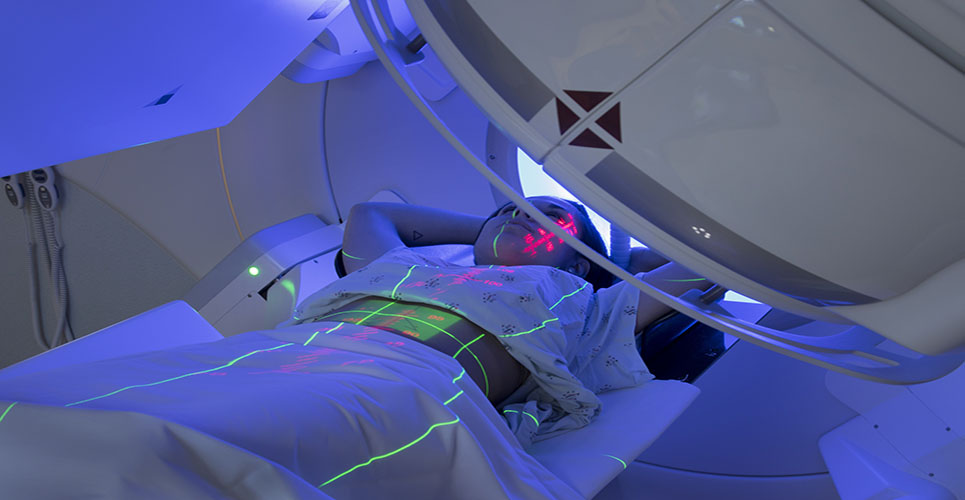teaser
Based on the label extension Gadovist 1.0 can be used in Europe for magnetic resonance imaging of the whole body including brain and spine, head and neck region, lung, breast, abdomen, pelvis, kidney, extremities and musculoskeletal system as well as imaging of blood vessels. This also covers cardiac magnetic resonance imaging to diagnose coronary heart disease.
Magnetic resonance imaging with Gadovist 1.0 offers a quick and high resolution procedure which is very effective at providing detailed images of different organs without exposing the patient to ionizing radiation.
Additional clinical trials with Gadovist are currently underway in a variety of patient settings for marketing approval in other countries.
“Early diagnosis is paramount for successful disease management and improved patient outcomes,” said Alan Main, Head of Bayer HealthCare’s Medical Care division. “This label extension strengthens Gadovist-enhanced magnetic resonance imaging as a radiation-free diagnostic modality to identify the early onset of diseases. It also fulfils the promise of our Radiology & Interventional franchise to offer comprehensive solutions for our customers.”
With the mutual recognition process successfully closed, the label extension will now be adapted locally in the 16 countries involved (Austria, Belgium, Denmark,Germany, Greece, Finland, France, Ireland, Italy, Luxembourg, Netherlands, Norway, Portugal, Spain, Sweden and the United Kingdom).
About Gadovist
Gadovist (also sold as Gadavist™ in the U.S.) is a modern macrocyclic, highly efficient magnetic resonance imaging agent. It is approved for the contrast-enhanced magnetic resonance imaging of various parts of the body, including the brain, the spinal cord, the liver, the kidney and the blood-vessel system. With its 1.0 mol/L concentration of gadobutrol, a stable macrocyclic gadolinium compound, Gadovist contains twice as much gadolinium per unit of volume as other extracellular contrast media available on the market. Moreover, Gadovist has a high T1-relaxivity in plasma. Due to its combination of high concentration and high relaxivity, Gadovist exhibits the highest T1-shortening per mL of all gadolinium based contrast media. This results in excellent image quality and offers practical advantages, like smaller injection volumes. Gadovist was approved for the first time in 1998 and is now approved in more than 90 countries.

